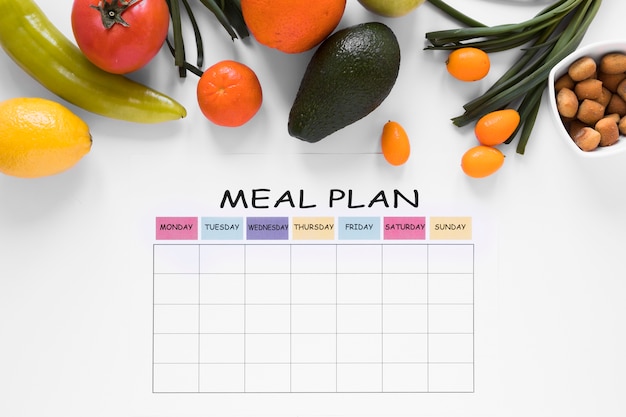Your basal metabolic rate (BMR) is the number of calories your body needs to handle basic tasks like breathing, circulating blood, producing cells, processing nutrients, and regulating temperature. This rate can vary based on factors like age, sex, weight, and activity level.
BMR is crucial because it’s the minimum calorie count your body requires to stay alive while at rest. It represents a large part of your total energy expenditure, ranging from 40% to 70%. Knowing your BMR allows you to adjust your calorie intake to meet your health and fitness goals, whether that’s losing weight, gaining weight, or maintaining your current weight.
Calculating BMR and Daily Calorie Requirement
To figure out your BMR and daily calorie needs, you should consider the types of activities you do each day. These can range from restful activities to heavy activities.
– Restful activities: These involve minimal physical effort, like sitting or standing still, playing cards, sewing, driving, or painting.
– Very light activities: These include relaxed walking, house cleaning, playing golf or table tennis, and similar light recreational activities.
– Moderate activities: These require more effort, such as brisk walking, gardening, carrying heavy items, running, skating, cycling, tennis, and moderate football.
– Heavy activities: These are high-effort activities like walking uphill, climbing stairs quickly, or playing high-intensity sports.
By estimating the time you spend on each of these activities, you can better calculate your BMR and daily calorie needs.
BMR Formulas
Several formulas can be used to determine BMR:
1. Harris & Benedict: Uses weight, height, and age, with different equations for males and females.
2. Katch and McArdle: Relies on lean body mass (LBM).
3. Tagliabue/Andreoli: Uses weight, height, and age, with variations for males and females.
4. Mifflin: Similar to Harris & Benedict but uses a constant difference for males and females.
5. Schofield: Uses weight and height, with different equations for males and females.
For children, there’s a specific Harris & Benedict formula based on weight and height.
Example Formulas:
– Harris-Benedict Equation:
– Men: 88.362 + (13.397 脳 weight in kg) + (4.799 脳 height in cm) – (5.677 脳 age in years)
– Women: 447.593 + (9.247 脳 weight in kg) + (3.098 脳 height in cm) – (4.330 脳 age in years)
– Katch-McArdle Formula:
– BMR = 370 + (21.6 脳 Lean Body Mass in kg)
– Tagliabue/Andreoli Formula:
– BMR = 21.6 脳 Lean Body Mass in kg + 370
– Mifflin-St Jeor Equation:
– Men: 10 脳 weight in kg + 6.25 脳 height in cm – 5 脳 age in years + 5
– Women: 10 脳 weight in kg + 6.25 脳 height in cm – 5 脳 age in years – 161
– Schofield Equation:
– Men: 88.362 + (13.397 脳 weight in kg) + (4.799 脳 height in cm) – (5.677 脳 age in years)
– Women: 447.593 + (9.247 脳 weight in kg) + (3.098 脳 height in cm) – (4.330 脳 age in years)
These formulas help you estimate how many calories your body needs at rest. To find your total daily calorie needs, multiply your BMR by an activity factor that matches your physical activity level.
Understanding your BMR and daily calorie needs is essential for managing your health and fitness goals. By considering factors like your activity level, age, sex, and weight, you can calculate your BMR and adjust your calorie intake. Whether you’re looking to lose, gain, or maintain weight, knowing your BMR can guide your dietary and lifestyle decisions.







